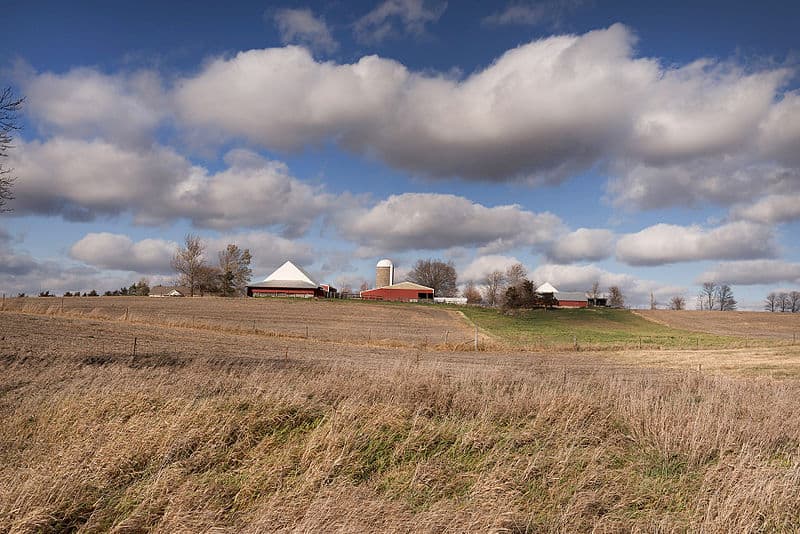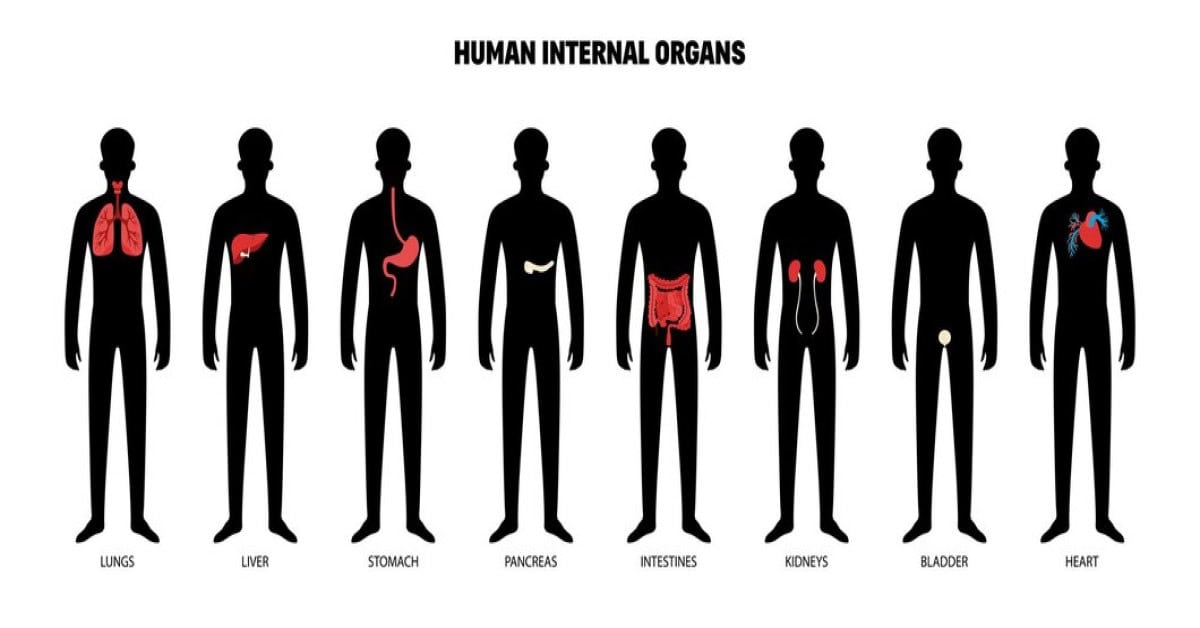In August, the US Department of Agriculture (USDA) released its summary of cropland prices throughout the United States. Iowa is showing a 19.7% increase in cost per acre from a year ago, but the most highly productive land in Iowa and other farm states has jumped 50%.
Purdue University reported Indiana land prices were up 28%, while USDA calculated only a 14% increase, so there is a question of accuracy, but the direction is only up. Twenty-five miles from the Purdue University campus, a parcel of land sold at auction for $13,000 per acre. Sometimes, when two or three bidders fight it out at auction, the price can go even higher than that, but it is not indicative of average land costs.
The reasons for these large increases are:
1 – High prices due to high commodity prices.
2 – The very large amounts of cash funneled into agriculture by the pandemic assistance and market facilitation programs.
3 – Strong cash reserves held by farmers in recent years.
There is no sign that these high land costs will moderate in the next twelve months. It has been a large increase in a short period of time. A great deal of the land has been bought by farmers with a significant net worth holding large amounts of acreage with little need to borrow money for the purchases. The amount of borrowing for each dollar spent was small.

In order for any land value to drop significantly, it has to be the result of forced liquidation sales. That is not even close to happening with the wealth that has been built up.
The eventual slowing of increasing land costs will occur as a result of increased input costs and the lowering of commodity prices, resulting in a squeeze in profits. Higher interest rates would also have a small effect on land prices. Those rates remain quite low on a historical basis.
The cliche used by bullish land investors since the beginning of time is “they aren’t making any more of it.” While, of course, it is true that there is only a finite amount of land on the planet, it overlooks two facts.
First, there is a relentless drive to improve agronomist practices which increase yields per acre almost annually, and second, there is a drive to expand agricultural acreage around the world. Ukraine and South America are good examples over the past 20 years. One hundred years ago, as an example, Vermont was primarily farmland. Today it is primarily forest land. When farming there became less important economically, the land reverted to forest.
Of course, the process can be reversed. Forests can be removed to create farms for grains and produce, which is what has been occurring in South America and Ukraine.
Today the drive to have more undependable renewable energy production, such as from wind turbines and solar panels, is removing some land from production. It is likely this inefficient equipment will reach the end of its usefulness in a decade or so, and the land will be farmed once again. On the other hand, some land is taken out of grain production for nature preserves. In Montana, a well-funded philanthropy group has purchased 450,000 acres for bison and other wild animals.
Other factors that will affect farmland could be restrictions on fertilizer occurring in other countries for the wrongheaded idea that nitrous oxide produced when nitrogen is produced to fertilize many grains impacts global warming. It does no such thing, but that has not stopped some nations from limiting its use.
In fact, in 2020, Dr. William A. van Wijngaarden of the Department of Physics and Astronomy, York University, Canada, and Dr. William Happer of the Department of Physics, Princeton University, submitted a paper titled “Dependence of Earth’s Thermal Radiation on Five Most Abundant Greenhouse Gases” to the journal Atmospheric and Oceanic Physics in which they showed that increasing the nitrous oxide, produced as a result of fertilizer use, has only a very small impact on climate at today’s levels. And pollution from nitrogen fertilizers is no longer a problem since education has resulted in far less being used. Indeed, excess nitrogen in surface water has been reduced by 80 percent in recent years. And, of course, fertilizer is now so expensive farmers have a vested interest in minimizing its use.
Richard Brock, editor of the prominent Brock Agriculture newsletter, will be our guest on The Other Side of the Story this weekend at America Out Loud Talk Radio at both 11 am and 8 pm on Saturday, September 24, and Sunday, September 25.

























